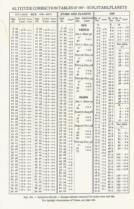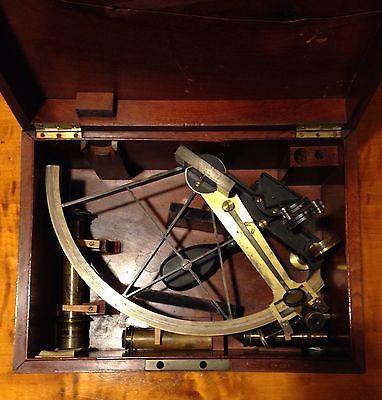
NavList:
A Community Devoted to the Preservation and Practice of Celestial Navigation and Other Methods of Traditional Wayfinding
From: Brad Morris
Date: 2016 Dec 21, 19:35 -0500
DavidAt the risk of sounding pedantic, it appears as if Paul has suggested that the altitude correction should come from the planets and stars table, because (and this is the important part) he expects the direct path and index mirror path images to be superimposed when observed. In doing so, the SD is ignored, as superimposition of the images transforms the observation into a point source observation, like a star observation.You indicated that you used a lower limb observation, which implies you performed a limb to limb contact observation. In that case, the SD does apply.I believe you gentlemen are just having a small communications glitch.BradOn Dec 21, 2016 6:15 PM, "David C" <NoReply_DavidC@fer3.com> wrote:You have used the sun altitude correction table.
With AH-sights you have to use the star and planet altitude correction table instead.
Which means that the observed altitudes are smaller and the intercepts bigger than in your calculations.
The difference between an AH sight and a horizon sight is that the former does not require a dip correction. As I am using an AH I am not correcting for dip.
Consider an altitude of 37 degrees.
From the Air Almanac 2016 R = 1' and SD = 16.3'. I was using the lower limb so the correction is +15.3'. Note that refraction is given to a precision of 1'.
From the NA 1973 Sun's Correction Oct-March (scan attached) the correction is +15.0. This is to a precision of 0.1'.
I believe that I was using the correct value but maybe I am missing something?
Attached File:








